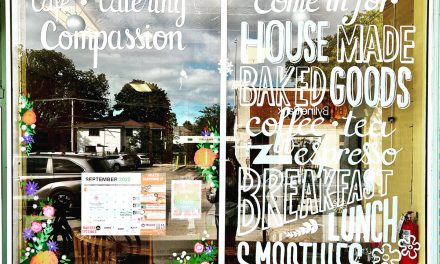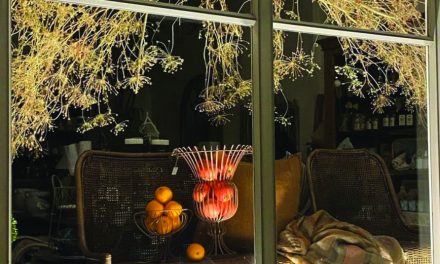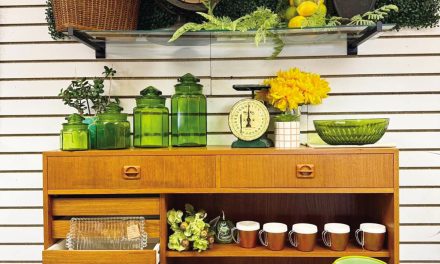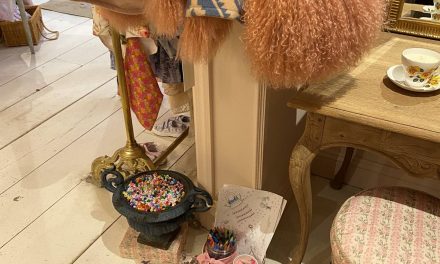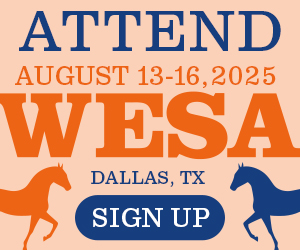By Amy Meadows
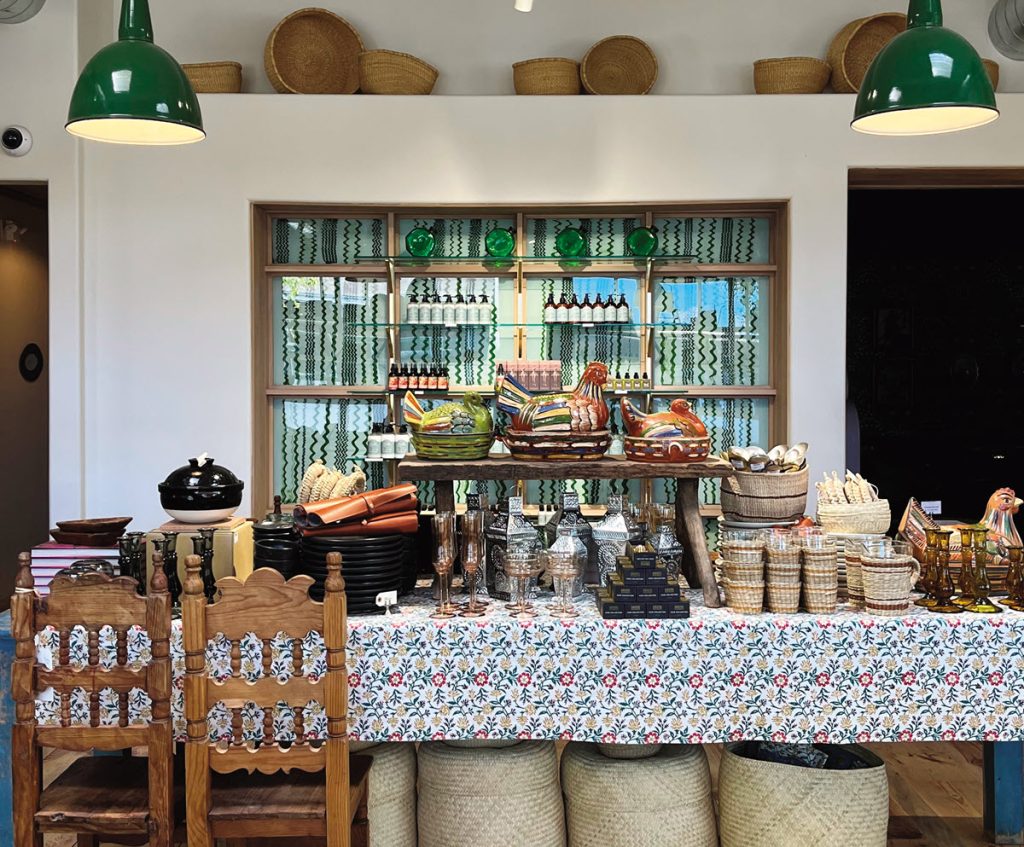
It happens to each of us at one point or another. You see items beautifully laid out and displayed within reach but wonder if it is OK to scoop up those napkin rings that are holding those napkins oh-so stylishly.
Doing so might make a mess. But where are those napkin rings? Shopping is supposed to be fun — not a frustrating scavenger hunt.
A tempting, mouth-watering display of props and merchandise is laid out in the way you might want to utilize them, but a search of the immediate area does not reveal the product. This crosses the line between tempting and teasing.
Tempting the customer? That is the goal. Teasing them? That is self-defeating.
In my opinion, this is more of an issue with displaying hardlines (tabletop, linens, decorative accessories) versus fashion and softlines. When displaying clothing that includes the use of fashion accessories (scarves, jewelry, bags), it is understood that the customer will find those items in their respective departments, not directly adjacent.
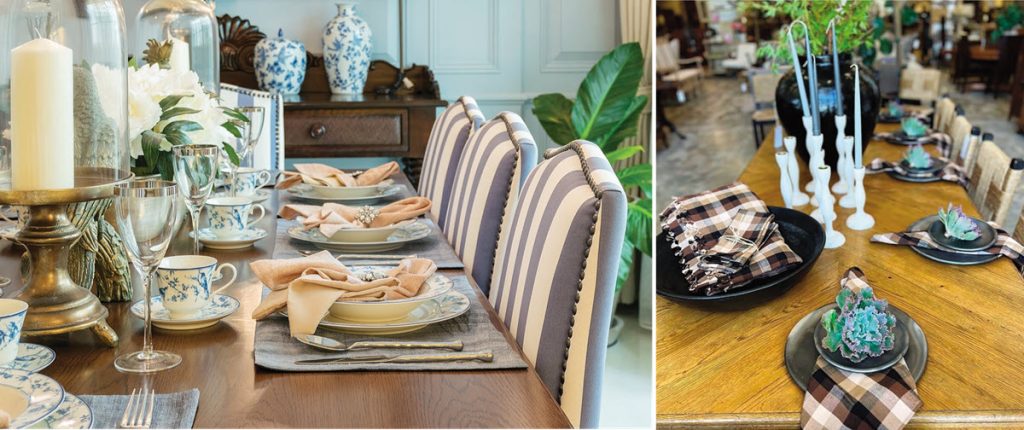
As context: When times are tight, visual merchandising is usually the first expense to be trimmed. “I’m sure we’ll be fine if we just put a banner in the window,” many think.
Nope. Trust me — that does not work. We saw this trend start in big-box retailers, with them then redoubling efforts a few years later.
Online-only retailers? “Our customers don’t need brick and mortar,” they may say. Really?
Then explain Warby-Parker, Untuckit, Wayfair, and other big names that doubled back on their original statements. Customers do not want banners, some said. They want beds. Dining room tables. Holiday décor.
Likewise, customers still want brick and mortar. Purchasing a known item or replenishing an existing product online is convenient.
But trying something on? Seeing ways to dress it up or down? Customers still want to visit stores, and we need to make it worth their time. Engage. Educate.
Let us also remember manipulation and exaggerating for effect are important parts of effective visual merchandising. For example, when dressing beds, always use queen-size pillows in regular size pillowcases.
Place two to three down comforters under the bedspread for extra volume. How many throw pillows might you use on your own bed? Four? In the store, place six pillows and a throw on the bed. A tray and tea service are clever ideas as well.
Likewise, tablescapes have become their own art form. Feel free to overturn those bowls and balance cups and saucers on top.
Mix and match patterns and get creative with table linens. Runners do not have to be traditional sizes or materials, etc.

The rest of this article can be seen only by paid members who are logged in.
Have a website login already? Log in and start reading now.
Never created a website login before? Find your Customer Number (it’s on your mailing label) and register here.


